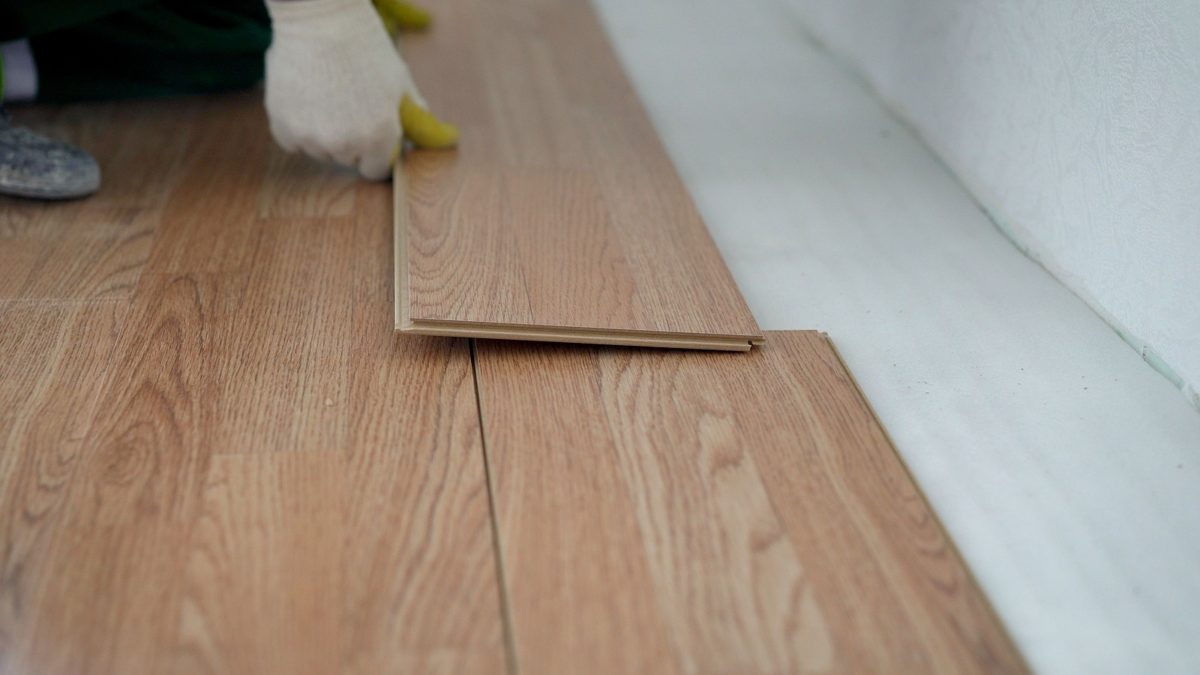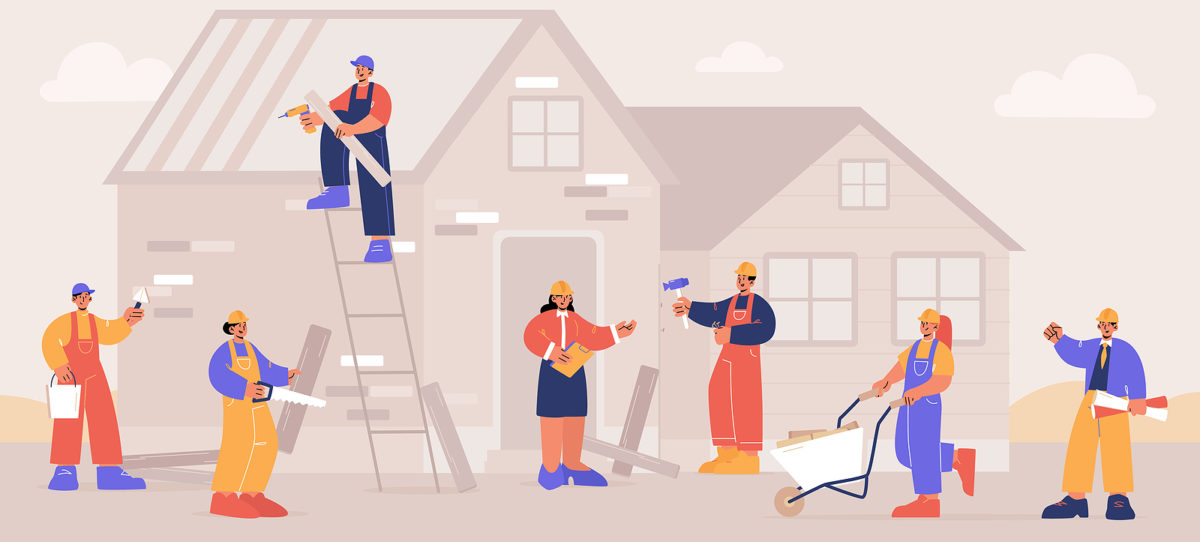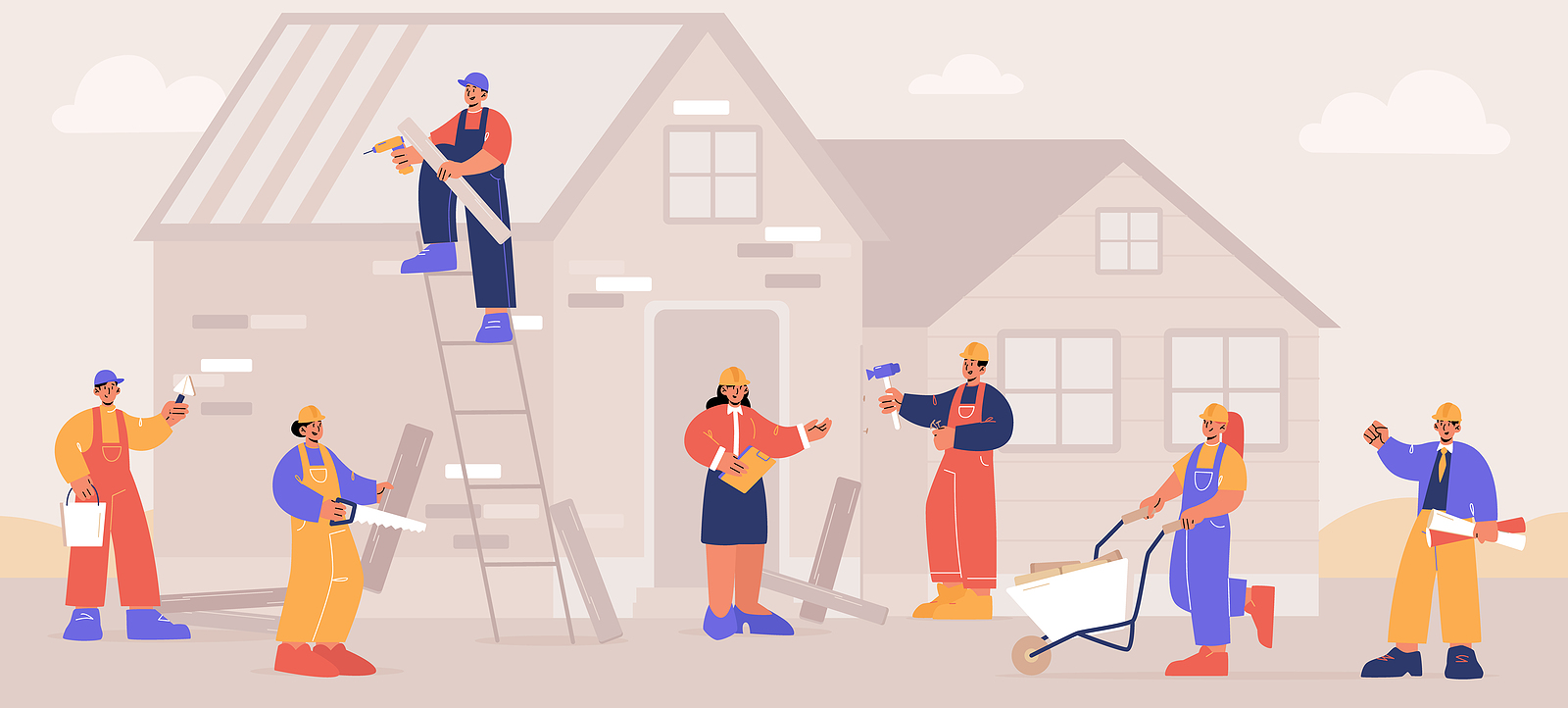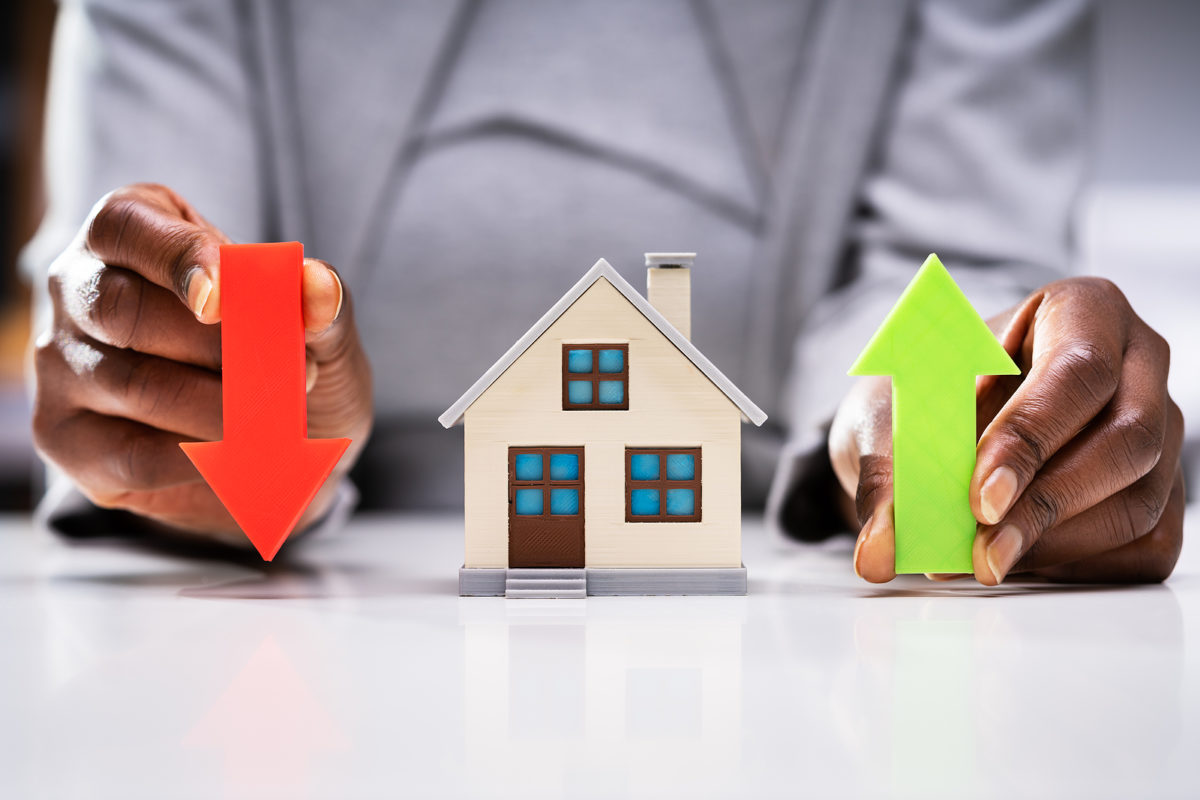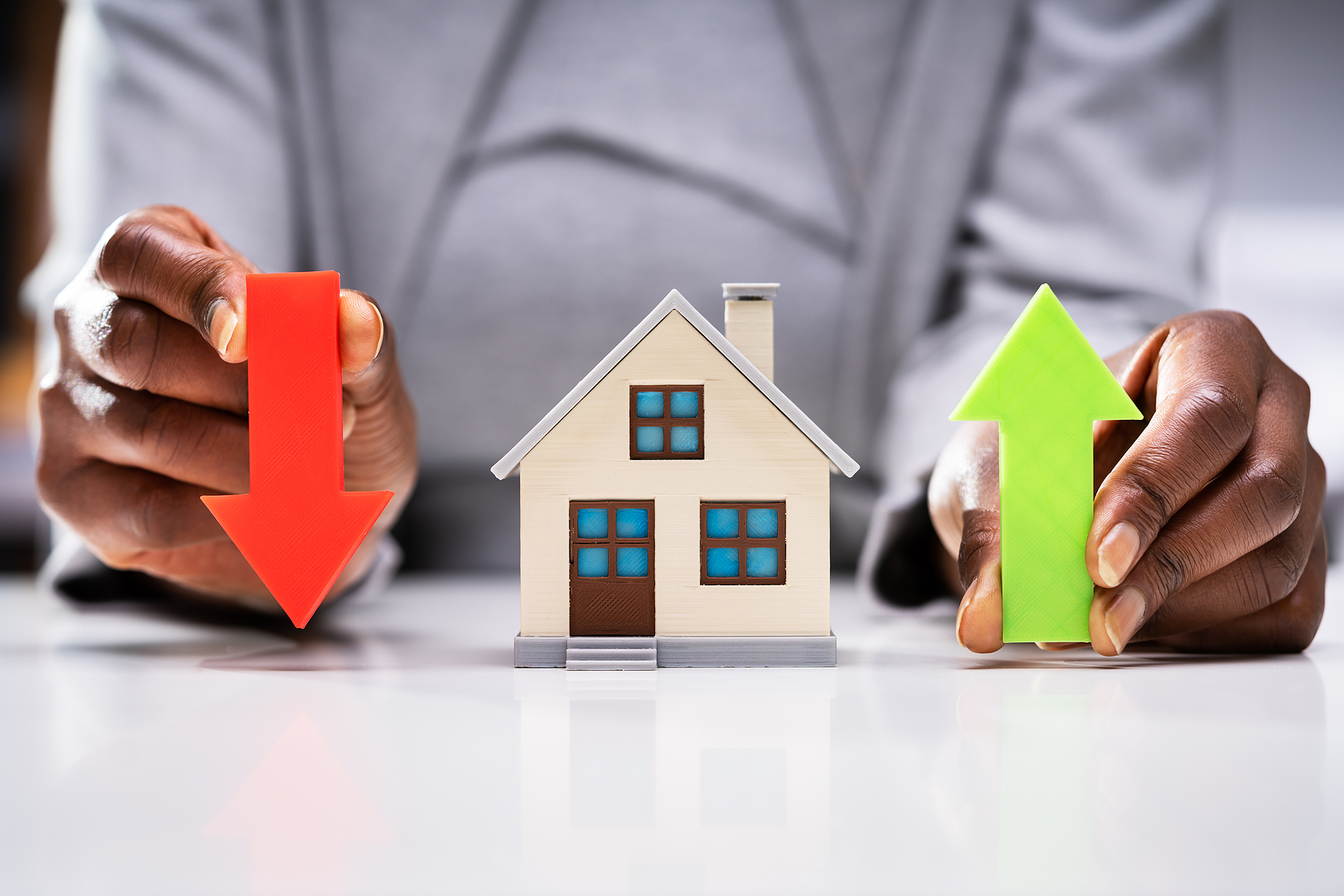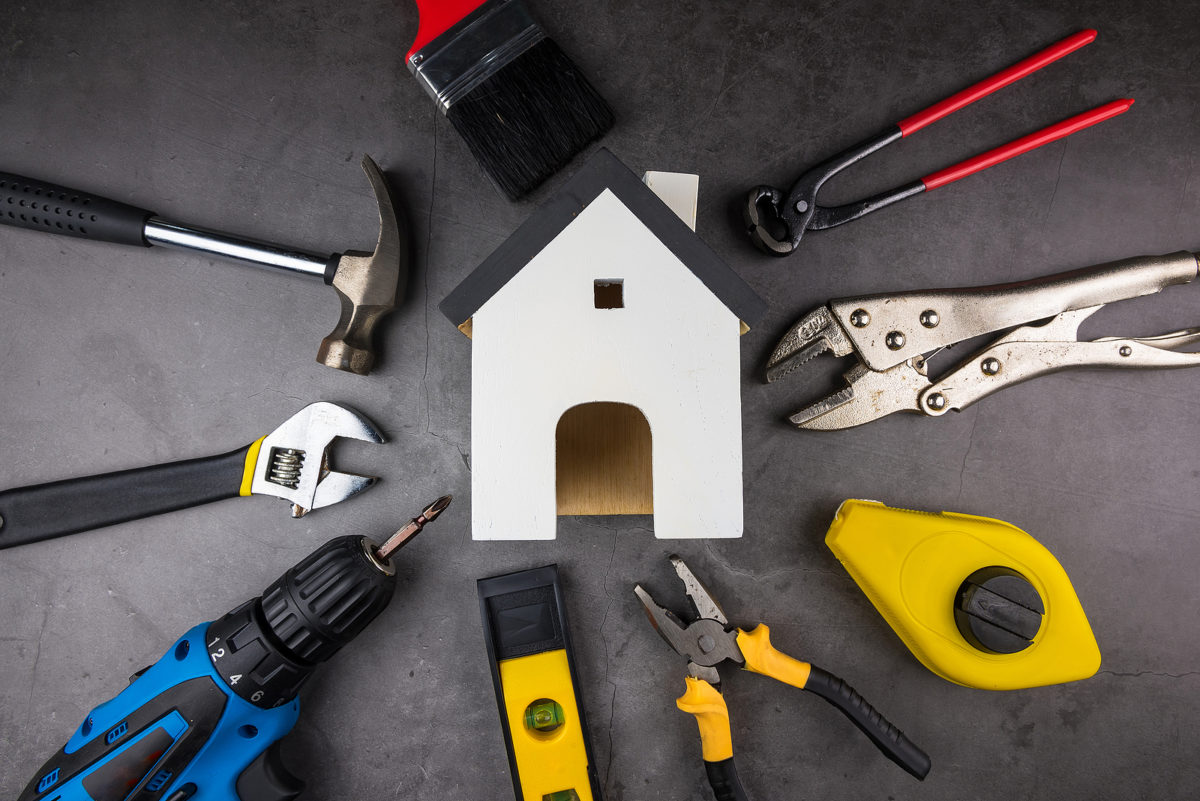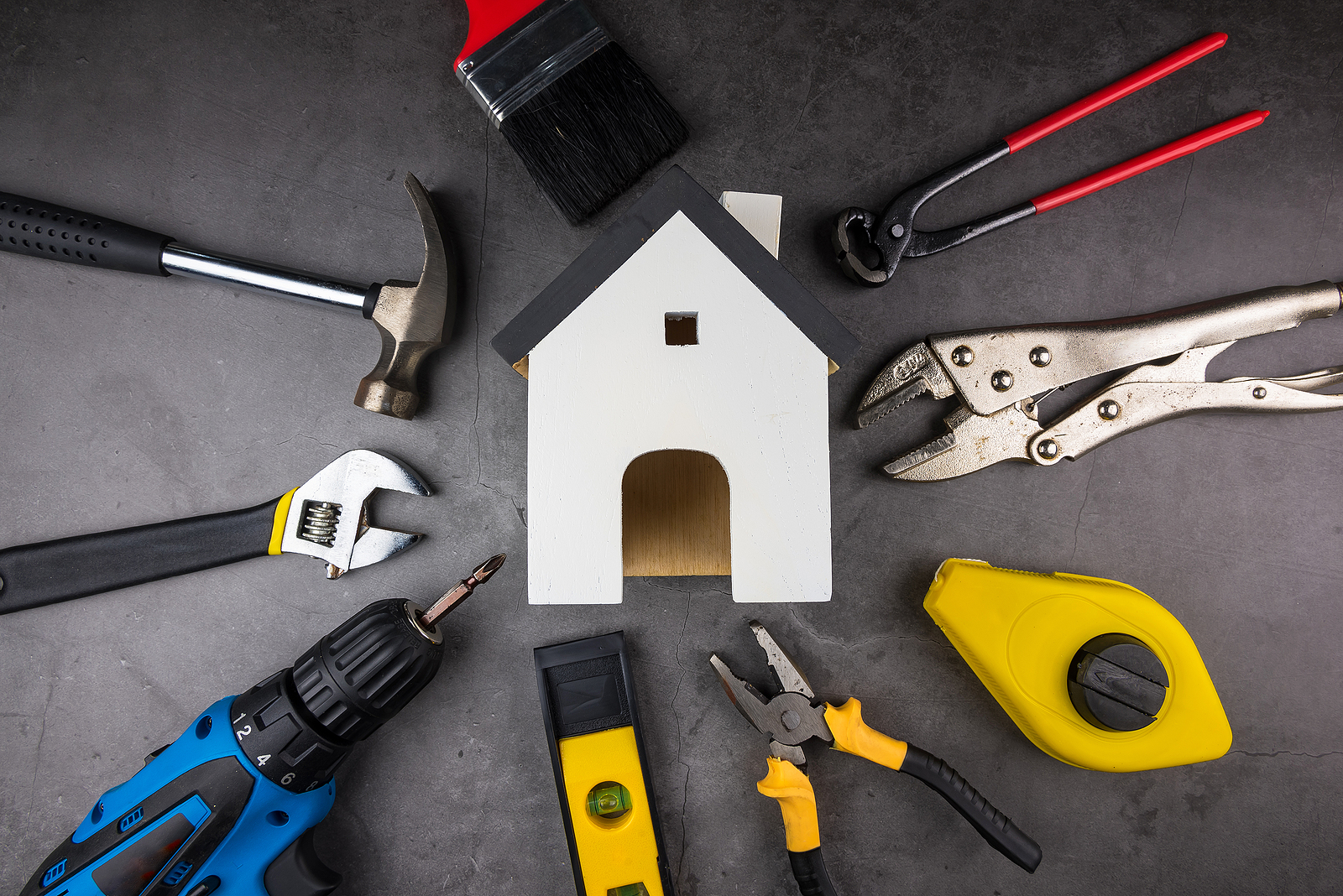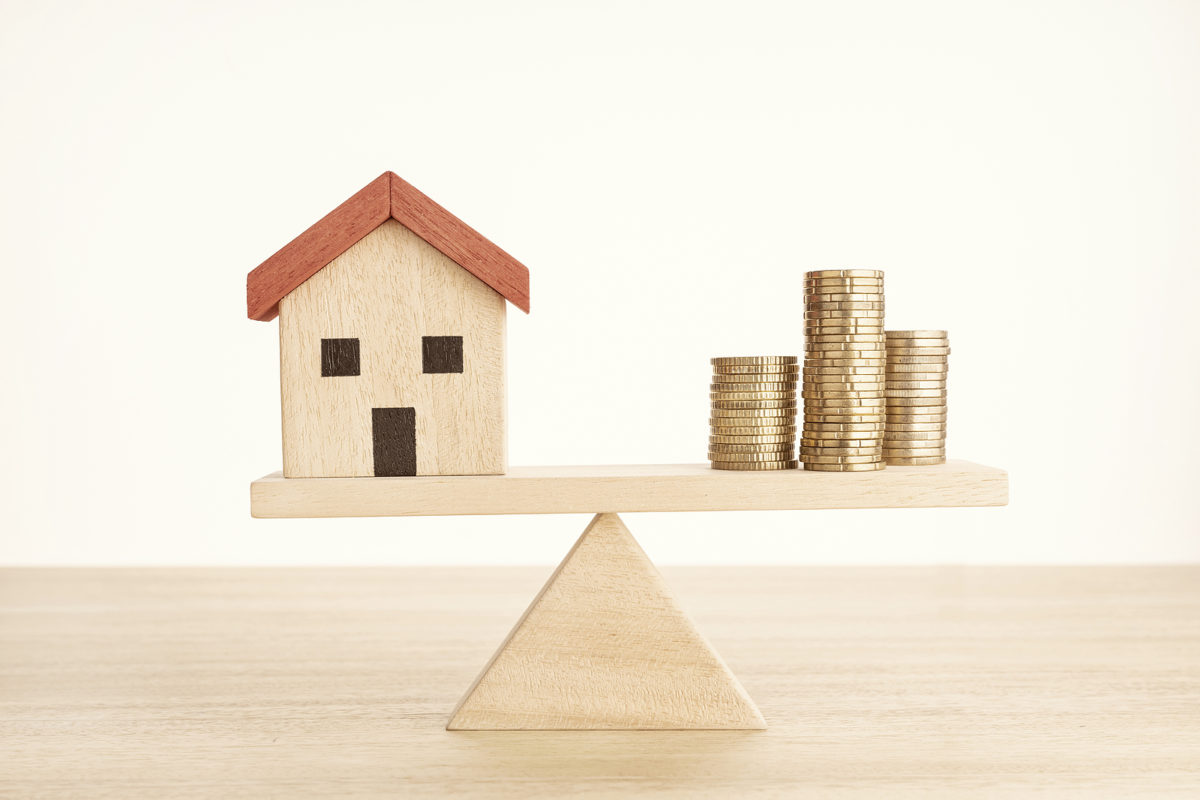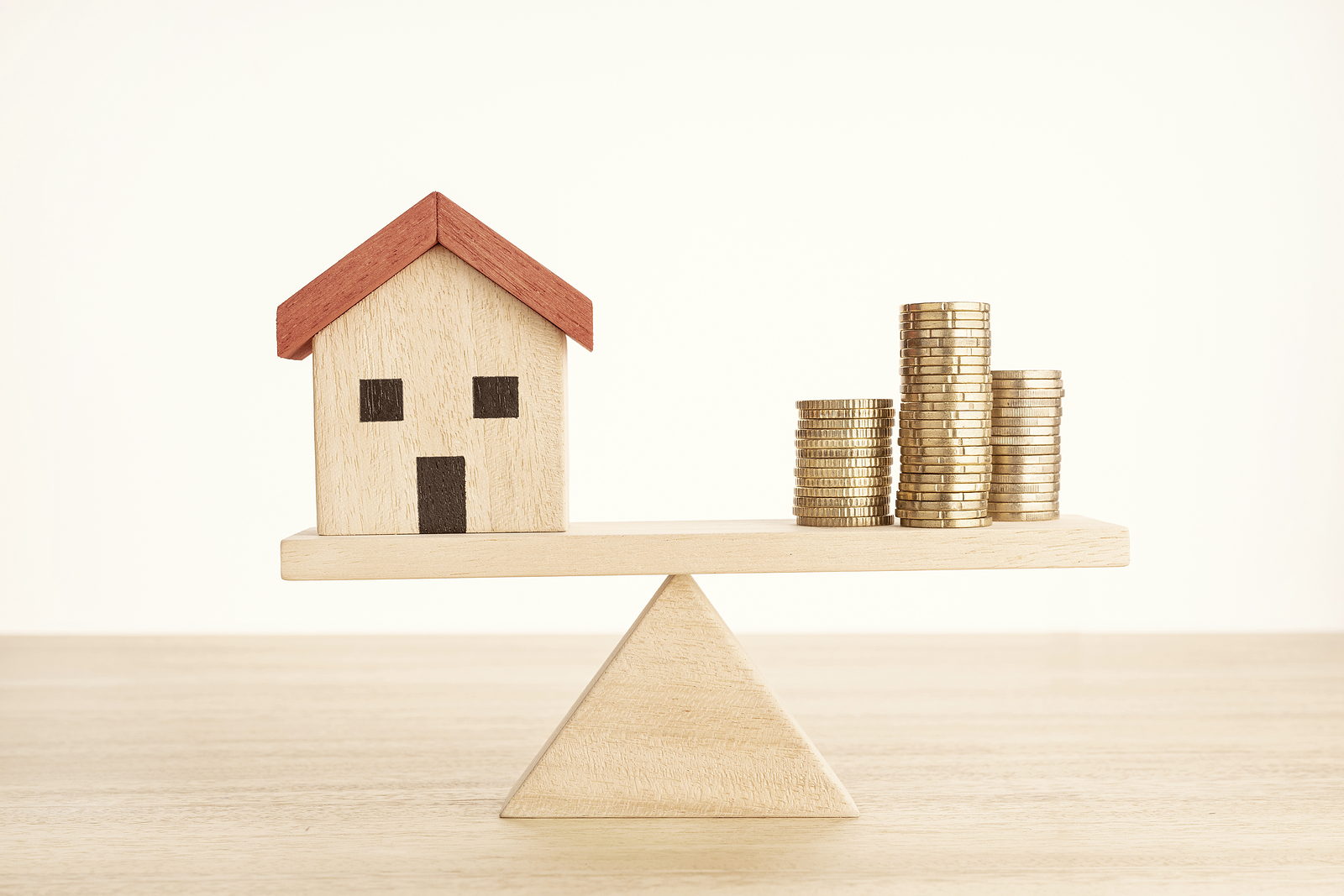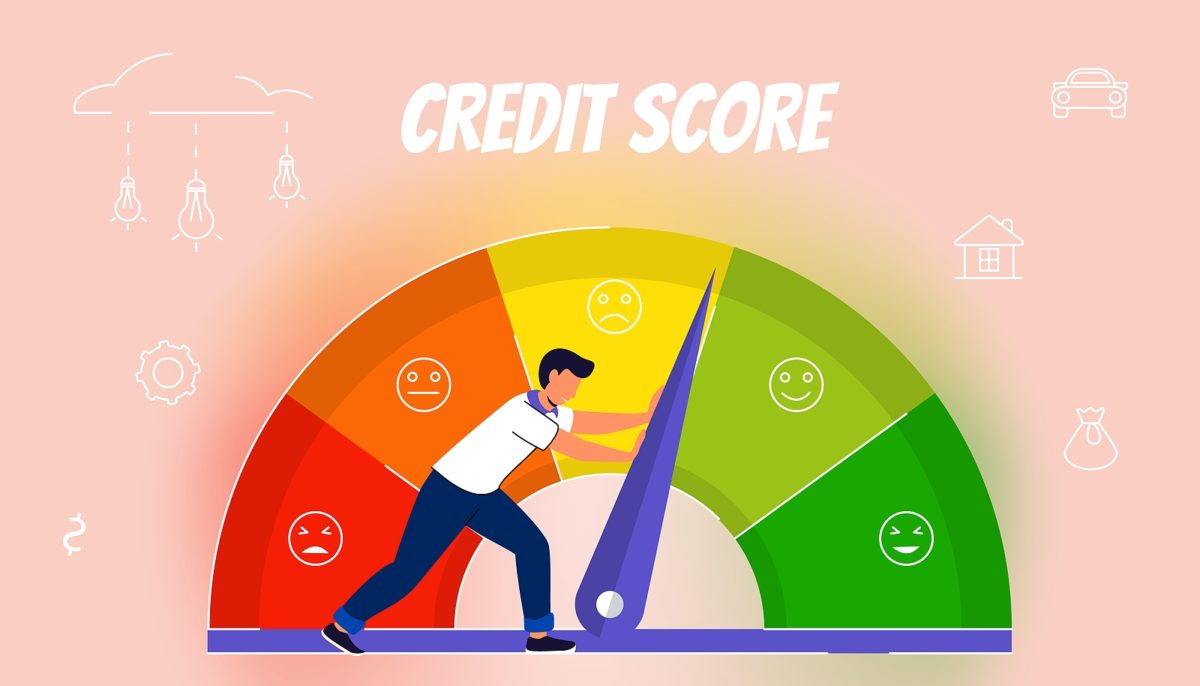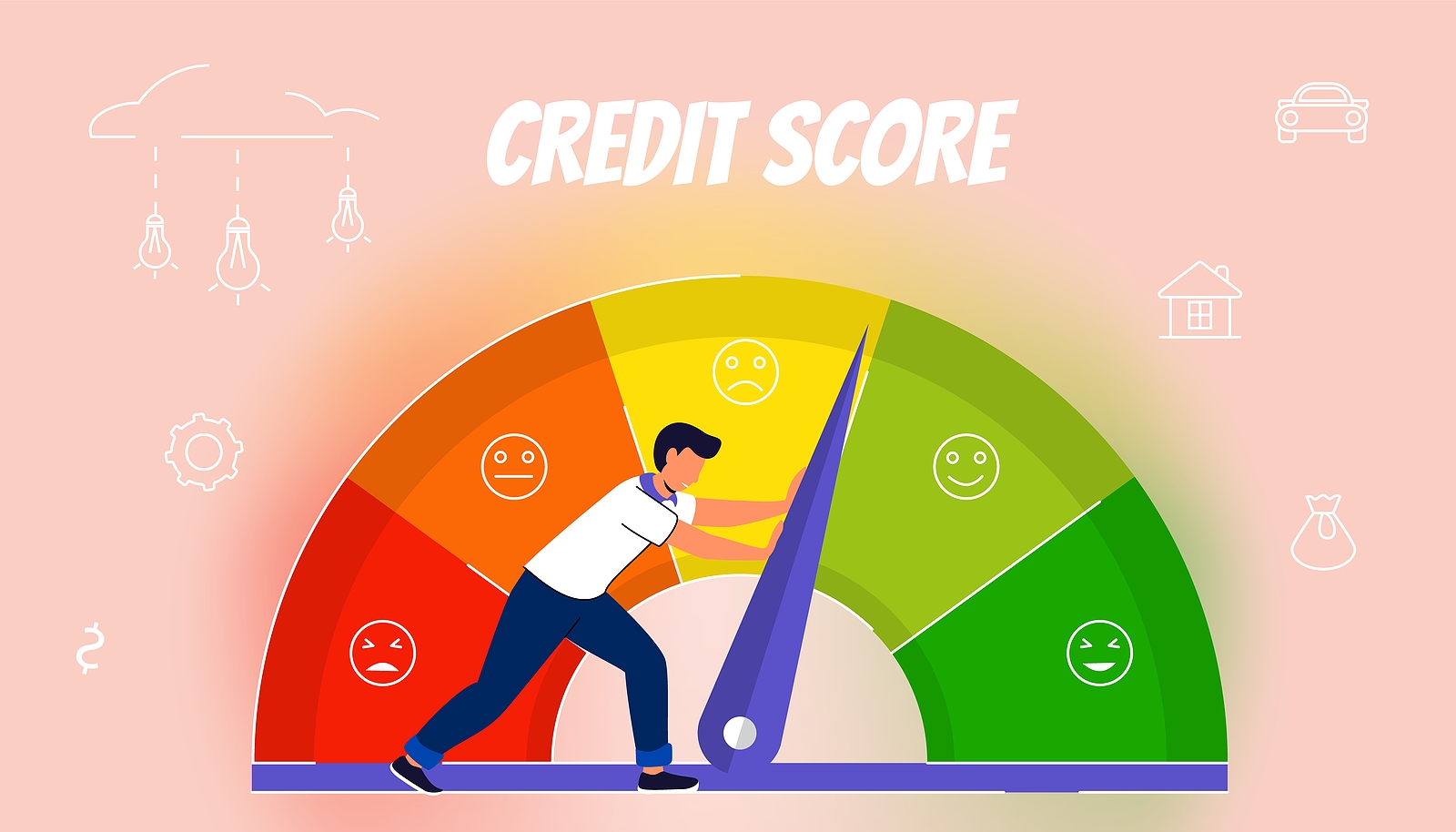In any neighborhood, the homes with the most attractive interiors often sell first – that’s the reality. Although attractiveness and beauty are a matter of taste, certain interior design and decor trends reflect what’s popular with a large number of homebuyers.
Every year, interior designers, architects, home builders and real estate professionals publish their in/out lists. If you’ll be selling your home this year, read on for some tips on what, according to the experts, buyers want in home interiors.
Efficient homes top the list for many homebuyers
Small, so-called ‘starter homes,’ especially those located in the suburbs, are popular with baby boomer homebuyers, according to the National Association of Homebuilders (NAHB).
Energy efficiency is the name of the game when trying to appeal to this generation. You can meet this desire with ENERGY STAR appliances and energy-efficient windows and lighting.
If you plan on including these items in your listed home, they’ll need to be prominently featured in its marketing materials. Don’t be shy about tooting your energy-efficient horn, either. Place tent cards prominently on any appliances to lure prospective buyers.
The kitchen as a tech center
While the kitchen has long been considered the hub of the home, it has evolved to include more space for entertaining. When the walls come down, there’s room for everyone, a feature that lures homebuyers.
The open-concept kitchen has spawned another trend: Bluetooth and smart appliances. “Having kitchen appliances that communicate with one another and their owner is dramatically changing traditional ideas about the kitchen,” claims the editors at interiordesignsociety.org.
“Being able to remotely preheat your oven and sync timers between multiple appliances, is changing the way the kitchen functions,” they conclude.
By the way, many of these smart appliances are compatible with your smartphone so they can be controlled by Alexa or special apps.
“Smart” isn’t just for kitchens
The ubiquitous smartphone can close garage doors, monitor security cameras, control the lighting and temperature and even command the floor be vacuumed, depending on the connectivity of other appliances and gadgets of course.
Rest assured, high tech in the home isn’t just for gadget freaks or luxury homeowners. The best part: these systems are rapidly becoming more mainstream and, thus, more affordable.
Should you decide to incorporate any of these popular new home design elements into your home before putting it on the market, rest assured that we will produce marketing materials that will have the gearhead buyers out in droves.
Specialized rooms
When the National Association of Home Builders asked Americans what features they look for in a new home, members of Gen Z and millennials mentioned exercise rooms and home offices.
In fact, a majority of “… Millennials (61%), GenX’ers (62%), and buyers paying half a million dollars or more for their home (67%),” crave an exercise or workout room, according to the previously-mentioned NAHB survey.
Since these homebuyers’ ideal home has at least 2,500 square feet and four bedrooms and three bathrooms, there is certainly room for one or both of these specialized rooms.
Dedicated laundry room
The humble laundry room has been on the list of must-haves for homebuyers for a few years now. If your home has more than one story and the laundry room is upstairs, near the bedrooms, it will attract even more attention.
Don’t forget to stage this room. Young buyers, especially, love Instagram-worthy décor that they don’t have to do themselves.
For inspiration, check out these laundry rooms at Instagram.com.


